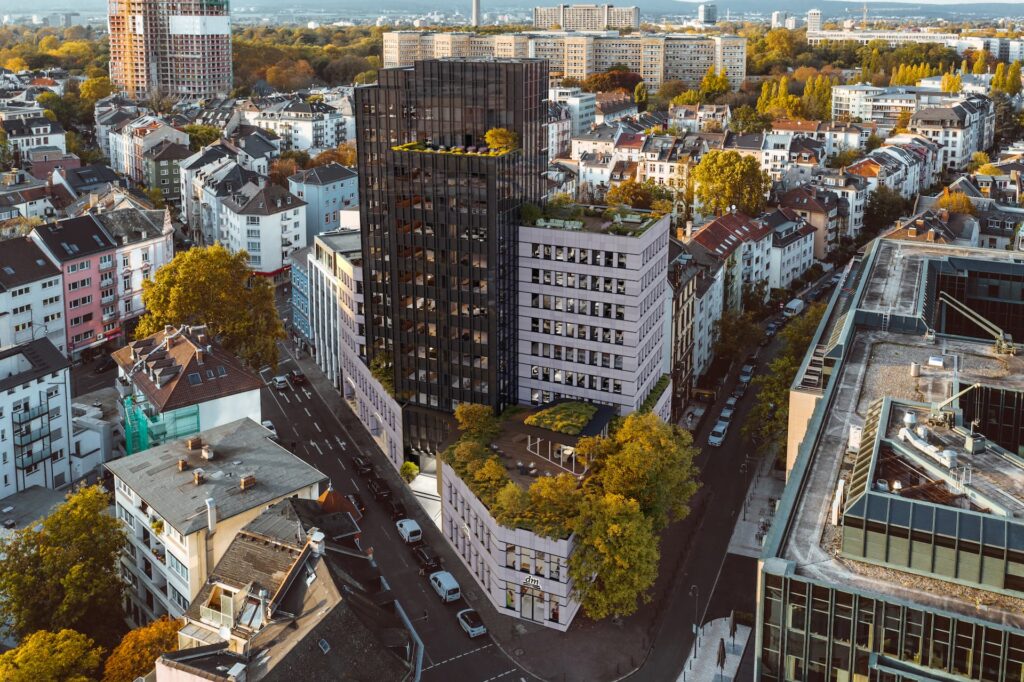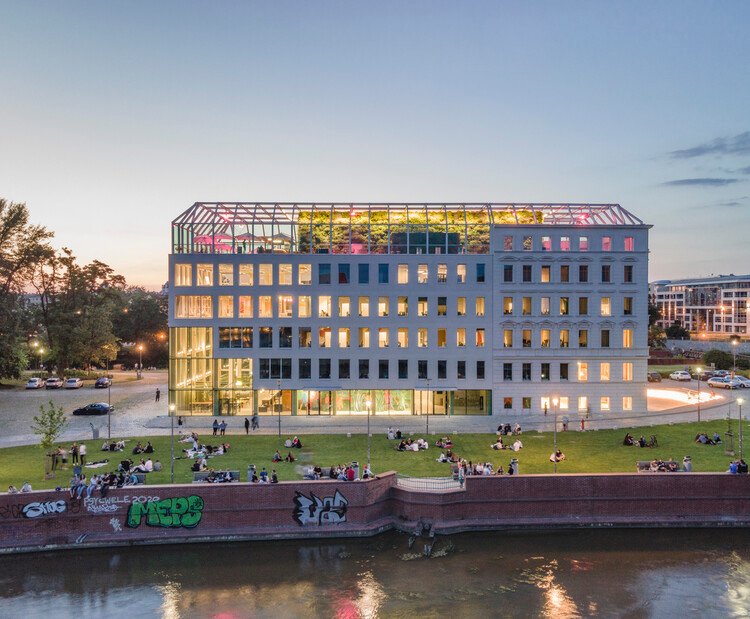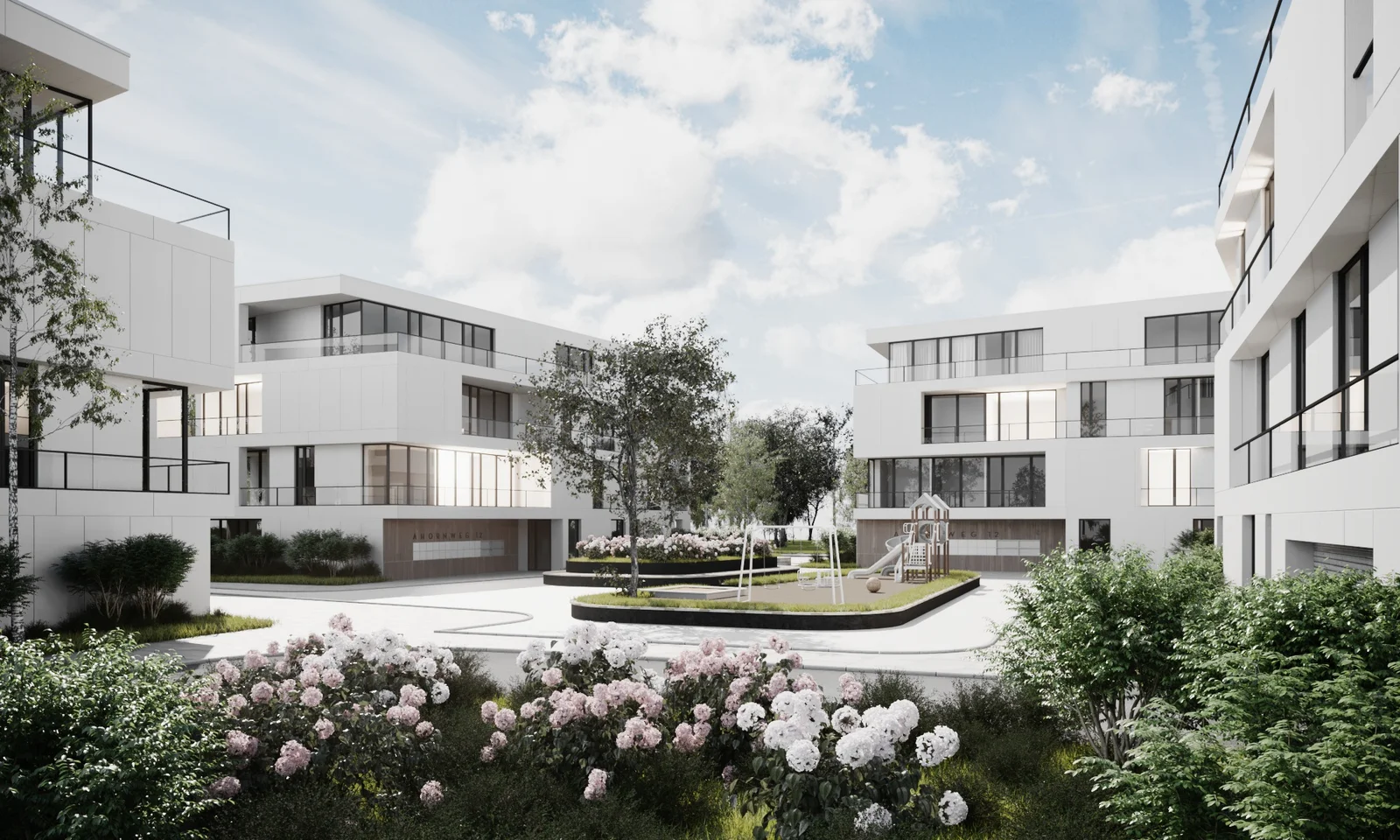The advent of the latest, specialized technology has radically transformed the world of architecture and real estate, profitably revolutionizing its reach and impact.
3D Virtual Tours are a unique and innovative tool used to replace the conventional 2D representations of models and estates. The technology smoothly replaces the static modes of presentation involving sketches and images to curate a highly immersive environment that mimics reality in close-to-life animations.
Imagine being able to explore a space without ever stepping foot inside it. Interesting right? That is precisely what a 3D Virtual Tour offers with its plenty of interactive feature optimized for user engagement.
What are 3D Virtual Tours?
As the name itself suggests, this technology thus far allows its users and realtors to artistically put together and create a three-dimensional immersive environment that can be accessed through devices.
High-resolution cameras strategically stitch together images of the estate to produce a virtual replacement of the space that is essentially navigable. Thus, the seamless transition allows stakeholders to access the estate without having to be physically resent at the property of interest. The following table presents some notable differences between 2D and 3D tours in the realm of Real Estate.
| 2D Tours and Static Images | 3D Virtual Tours | |
| Interactivity | Static Images lack Interactivity. | A fully interactive experience. Users can manipulate navigation. |
| Perspective and Depth | Flat, limited Perspective on how different areas connect. | With multiple angles, users can quickly gauge details like the size of the space. |
| Details | Images can be misleading or omit specific details. | The Zoom feature allows users to access every detail, nook, and corner of the property. |
| User Experience | Engagement is a limited, passive experience. | Users get to engage actively with multiple features for detailed exploration. |
The Rise of 3D Virtual Tours in Real Estate
With its commitment to quality, innovation, and exploring prospects, the Real Estate industry quickly took hold of the latest technology and implemented it efficiently into its system of operation to maximize results.
The impact and capacity for high-resolution cameras and animation were quickly realized and adopted following the COVID-19 pandemic as the demand for virtual models surfaced. Customers expected more firms to develop remote model exploration techniques to make up for the lack of mobility and in-person visits and analysis.
In addition, virtual tours save time and cost and promote effectiveness, which will be explored further in this article.
3D Virtual Tours: Technological Foundations
Below we shall explores some of the most prudent, technical aspects of 3D Virtual Tours that are foundational in its development and consequently, in understanding how the system operates.
3D Cameras
Today, cameras are capable of capturing high-resolution images which form the base of the virtual tours coupled with the feature to capture detailed, 360 view of the property with special lenses.
Advanced Cameras have a built-in depth sensor which is responsible for measuring the distance between the camera and various points within the location. Thus virtual tours are able to accurately capture spatial dimensions and relationships.
Software
To stitch together the images into a virtual tour format, special software is employed that aid in the process. Tasks such as alignment, color blending, and ad distortion correction are simultaneously performed by the software.
The software further gives access to control and navigation tools and functions, which are crucial in creating an immersive environment. Since most virtual tours are cloud-based, they can be stored, accessed, and shared without hassle, ensuring convenience and flexibility,
Virtual Reality Integration
To take your virtual tours a step ahead, incorporate CR Integration by making use of VR headsets. This will enable users to feel as if they are present within the estate, with specified avatars assigned to each user.
Thus, with added features such as hand-tracking and input controllers, navigation and ensuing feedback is much more constructive and valuable, all thanks to the hyper realistic tour.
Types of 3D Virtual Tours
3D Virtual Tours have various types, each with its own set of features and benefits relevant to different case scenarios. Take a look below to find out which type is best suited to your project.
Immersive Tours Involving VR Headsets
By utilizing the VRHeadset, the targetted user is placed in an immersive, virtual reality that mimics real-world property.
The headsets are entirely responsible for tracking the users’ head movements, allowing them to analyze and assess the space accordingly. This type offers high engagement, giving a detailed overview of the space’s proper layout and dimensionality.
VR Headsets such as HTC Vive, Oculus Rift, and Oculus Quest, accompanied by specialized camera and software are most commonly used to deliver the high quality, close to life experience.
Web-Based Tours
Available on web browsers on various devices, these tours help navigate and access the property by clicking and tapping on various areas of the estate, enabling the user to explore the space at teh desired pace.
Additional interactive elements sich as hotspot, floor plans, and measurement plans help enhance the overall experience and engagement of the user. 3D cameras are used to capture panoramic and 360ves of the property, stitched together with the help of a targeted software.
Software and tools such as Zillow 3D Home, Matterport, and Ricoh Tours offer user-friendly tools for developing and delivering interactive web-based tours, making it easier for real estate agents to take advantage of this technology.
Augmented Reality (AR)
Augmented reality is used to overlay or add virtual elements and details onto a real-world environment. The process allows for incorporating various design, decor, and interior components, such as furniture and interactive floor plans.
AR applications utilize the device’s camera and sensors to detect real-world space and then add virtual elements. To give an example, users can point the lens of their device towards an empty room and space and see it furnished and decorated with virtual design elements.
Implementing 3D Virtual Tours
Since we have established a basic understanding of 3D Virtual Tours for Real Estate businesses, let’s examine how to implement this technology in your next project to achieve maximum results.
Planning and Preparation
Before you embark on the intended project, ensure you are equipped with the right tools, resources, materials, and inspiration for your 3D real estate display.
Planning involves careful consideration of the client’s proposal, demands, target audience, and demographics. To get a basic sketch of your project, dive deep into existing research on market trends and recent projects involving virtual tour technology.
Make sure to choose well-maintained properties, as poorly built/decorated properties are less likely to do well, especially when building a portfolio for prospective clients. Properties with spacious yet unique layouts and stunning scenery are more likely to attract customer attention.
Complex layouts benefit significantly from virtual tours as the 3D virtual tour can minutely capture the details. Once you have gathered all the necessary resources, consider the next step, which is detailed in the outline.
Staging the Estate
The next step involves preparing the property itself so that it may appear as professional and neat as possible. Begin by decluttering and removing excess material, decorations, and furniture that might get in the way of the tour, reducing its visual and aesthetic clarity.
Next, rearrange the existing decor and furniture in a manner that highlights the property’s best features and compliments the overall aesthetic and ambiance of the space. Make sure that the color scheme and accessories are consistent.
Natural lighting is one of the best ways to highlight a property’s highest selling points. Use this free resource and take as many shots as necessary during the day. This will help create the illusion of an open and welcoming space.
Selecting Providers and Technology
When selecting a platform or software to create a 3D virtual tour for your real estate, remember these few pointers. Firstly, you want to ensure the desired platform is easy to operate. This will also reduce dependence on external technical expertise, which will lead us to our next point.
Decide unanimously on the cost of the project. Once the budget is outlined, evaluate the wealth of training resources and expertise available on the market to help make an informed decision.
Quality must not be compromised. Therefore, look for providers with high-resolution images and advanced technology to make the virtual tour as professional as possible.
Integration and listing is another critical aspect of the implementation process. The platform must cooperate with your existing website and portfolio to eliminate any discrepancies at any stage of the development process.
Creating the Virtual Tour
Schedule the shoot at an appropriate time. This is typically when the estate is free of distractions, including weather and noise. Double-check the property from the inside out, making sure all rooms and interiors are well staged.
Use a high-quality camera to capture 360-degree images. Take shots from all angles, following a well-laid-out systematic approach that highlights the estate’s best selling points. The position of the camera should be consistent throughout the shoot.
Once the desired shots are taken and selected, start editing them. Upload the selected images on the chosen platform for stitching and rendering. Review the tour multiple times to ensure everything is aligned and consistent with the original idea.
You can additionally add interactive tools and elements such as hotspots, floor plans, and labels. Simultaneously adjust elements such as brightness and contrast to increase the visual quality and aesthetic of the tour.
Integration and Presenatation
Use HTML or provided embed codes to integrate the 3D virtual tour directly onto your real estate website and platforms used for marketing and advertisement. Make sure that the tour is displayed prominently on listing to make it easier for potential customers to access it.
You are advised to optimize your tour or SEO by utilizing relevant keywords and descriptions in the tour’s metadata. If done correctly and strategically, a teaser would also help stir the interest of potential buyers.
The link must be easily accessible. Consider uploading it onto various social media platforms due to the large target audience base on these sites. Email marketing can also help you reach interested clients alongside real estate portals and listings like Zillow and Redfin.
Benefits of 3D Virtual Tours in Real Estate
As you may have realized by now, 3D Virtual Tours have far-reaching benefits over conventional methods of presentation and marketing. Let’s quickly look at some of the most apparent advantages and perks below.
Improved Visualization
While images can only capture certain angles and details of the estate so far, 3D virtual tours have the capacity and potential to provide enhanced visualization with improved attention to detail.
3D Virtual Tours eliminate the concern surrounding the display of the property’s accurate proportions and scale. This aids buyers in making an informed and well-thought-out decision by reducing disappointment and apprehension following in-person visits and remote communication.
Comprehensivity
3D Virtual tours have several advanced elements, including the user’s ability to zoom in and out of specific spaces, interiors, and decor. Thus, all doubts can be cleared right away without an in-person check-in.
Clients can navigate and tour the property multiple times at their own pace at any time of the day, in contrast to in-person visits, which are limited to issues of mobility and distance. Thus, they can quickly identify dimensions and relationships between different areas/sub-sections of the estate.
Saves Time and Cost
3D Virtual tours are both time and cost-efficient as they help potential buyers explore and assess estates remotely without the need for a physical examination.
This also helps them consider more options and make better, informed decisions, as in-person visits take a lot of time, especially when switching between different properties. Thus, if you are currently away or have a busy schedule, a 3D virtual tour will prove to be of great convenience to you.
This time-efficient option will help you make better, more profitable decisions by minimizing distractions and saving fuel.
Interactivity
Virtual tours offer plenty of interactive features and opportunities for remote engagement that help improve inclusivity and encourage buyers to consider the property.
Elements such as informational tags, hotspots, floor plans, and guided tours are just some of the many unique features that a 3D virtual tour can offer.
Additionally, engagement will allow buyers to remember and recall the specific property better amongst several different options at the display, stirring their interest. This increased emotional engagement can help them to remember the estate as a viable choice.
Differentiation in Competiton
Competitors who are fixated on using conventional modes of display and presentation of the prospective real estate will hold little to no ground against the latest technology.
Thus, by encouraging the advent of virtual tours, your firm holds a strong ground against fellow competitors. Not only are 3D virtual tours interactive and visually appealing, but they also perform well across all marketing platforms, attracting potential buyers’ interest.
The shareable feature of 3D Virtual Tours is partly responsible for its success and convenience, as buyers can quickly share the tour amongst themselves and hence speed up the process of sale. Additionally, social media offers unmatched exposure, which can help your firm grow and build a network of supportive audiences.
Conclusion
Now that we have covered the basics and advantages of incorporating 3D virtual tours for your Real Estate business, it is your time to delve further into the technical intricacies of the topic and select a provider best suited to your criteria and area of expertise.
Virtual tours hold countless benefits over conventional and 2D display modes, allowing them to generate more leads and, consequently, higher sales at real estate listings and websites. The world today rewards those who provide easy access and accommodate customers from all around the globe.
Therefore, 3D virtual tours have been transforming the real estate industry, and now is the best time to make active use of this technology for maximum output.
FAQs
Q. Can 3D Virtual Tours be accessed across all devices, including mobile devices?
Yes, these tours can be operated on mobile devices as most of them are optimized to be accessed across various different gadgets. Hence, they are easy to view, interact and share with other stakeholders.
Q. To what extent are 3D Virtual Tours private and secure?
These tours can be protected from potential harm and bugs if the right precautions are observed. The easy way to do this is to make the tout password-protected and or limit access to specific restricted users.
Q. What is the essential equipment required to create a 3D Virtual Tour?
For starters, you will need a 3d camera that can capture 360-degree shots, a tripod, software provided by your selected 3D tour platform, and a computer for all the necessary editing and processing of the final output.







